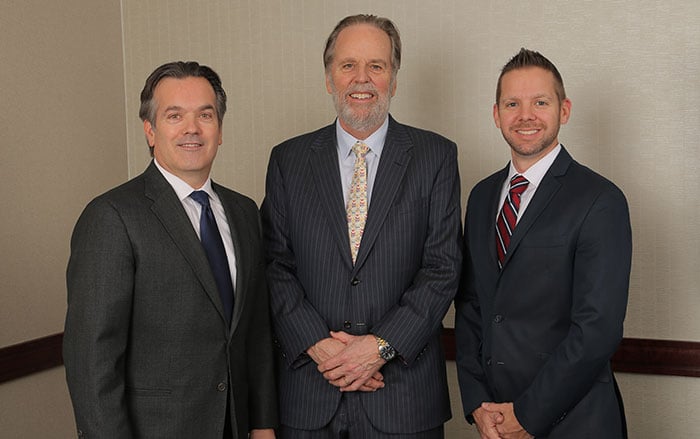While there are no precise rules regarding best practices for truck accident settlement demands, certain strategies can result in a more favorable outcome for your case. At Doehrman Buba Ring, our Indiana personal injury lawyers have drafted several persuasive settlement demand letters and, in our experience, the approach outlined in this blog can help sway an insurance adjustor on liability and/or damages in client cases.
Settlement Opening
In our experience, adjusters want to see the demand number in the opening line of a settlement letter. If it isn’t there, some of them get mildly annoyed and flip through to the end of the letter to find it. Immediately after the number, lay out a brief statement of liability and damages. By outlining the liability theory and injuries in short form, you give justification for your demand, leaving only the details of these serious injuries to be evaluated.
If special damages, such as pain and suffering, are high, and injuries are permanent, reinforce the demand number and serious injuries in your next sentence. When demanding the full policy limits, be sure to include a reasonable estimation of the full value of the claim. This is a reminder that paying the full policy limits is also reasonable and a proverbial no-brainer to protect the insured.
As a matter of standard practice, the demand letter should get into the hands of the insured and the insurance company decision makers. Nevertheless, it is worth inserting a reminder that the settlement demand be delivered to the insured and all of the insurance company’s decision-makers.
Facts/Liability in Settlement Demand
When turning to the details of your settlement demand, presenting events in chronological order makes them easier to absorb and understand. Be sure to also include appropriate illustrations. For example, when addressing the actual collision for a car crash liability presentation, include photos of the vehicle and damage, if possible. If the “visible” property damage is minimal, you will need to address and explain it–claims adjusters will want to know how you can justify damages with minimal property damage. Conversely, in cases involving substantial property damage remember, claims adjusters will want to know that, too.
This image clearly illustrates the devastating extent of the collision.
Damage to the defendant’s truck is clearly visible.
The three images below deliver a close-up view of the collision’s severity, supporting a claim for catastrophic injuries.
If there is no real dispute regarding liability, then a statement such as “there is no dispute over the defendant’s liability” is appropriate. When there is a dispute, outline your theory of liability and explain in detail your liability position.
Damages Settlement Demand Section
Present your damages chronologically, just as you did with liability. Decision makers are generally interested in three things:
- What are the immediate injuries from the crash, and are they substantial?
- What is the course of treatment, and are there any unexplained gaps?
- How is the plaintiff doing today and is there any permanency supported by a doctor?
When describing the injuries, be strong, but at the same time, be accurate without overstating your position. The defense is turned off by overreaching Plaintiff attorneys just as Plaintiffs’ attorneys are turned off by frivolous defense positions.
After describing the initial injuries, proceed to the treatment from the time of the accident to the present (or current date if applicable). Present this information in a summary fashion, conveying the gist of follow-up treatment with dates to show no gaps in treatment. If there are gaps in treatment, however, insert a short explanation for them.
Closing Section
Conclude your truck settlement demand letter by showing how the plaintiff is doing today. Start with a description of their pre-crash lives to place the injuries in proper context and address any concerns or claims of pre-existing conditions. Try to humanize their story by showing pictures. Conclude by reiterating the justification for your position and restating your demand number.
A Well-Planned Settlement Demand Letter Can Make a Difference in Your Case
As we stated at the beginning, when it comes to settlement demands, there are no hard and fast rules for best practices. In this blog, we’ve outlined our own approach, which combines methodologies learned from others with our own style and experience. Making the demand clear at the beginning, presenting relevant details chronologically, and using pictures to support your claim gives you an excellent chance at a successful outcome.
At Doehrman Buba Ring, we have helped many clients across Indiana recover maximum compensation after a serious trucking accident. To speak to a trucking accident lawyer today, call 317-669-9445 for a free consultation or contact us online. We are here to help.


